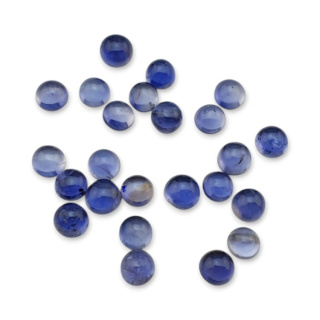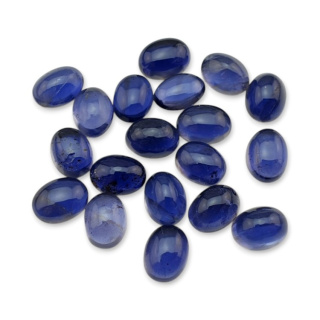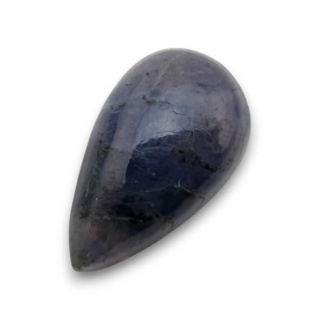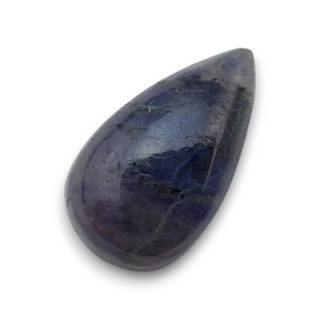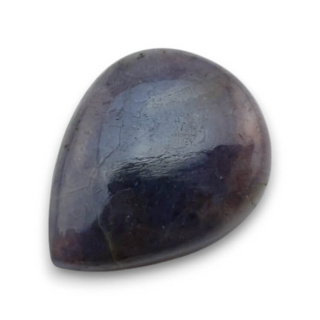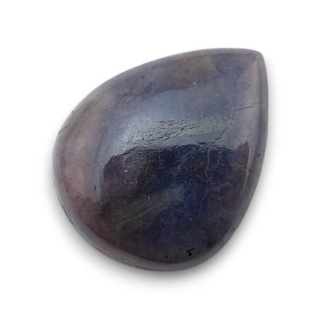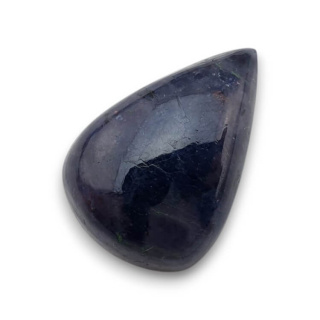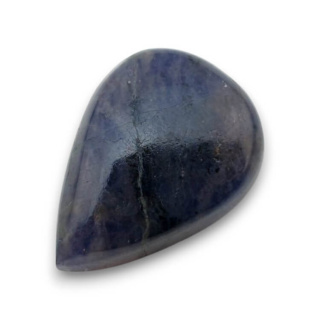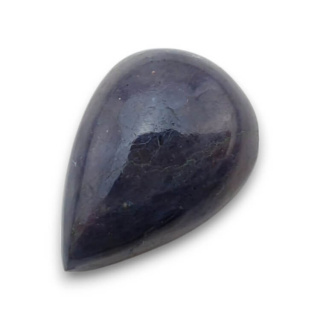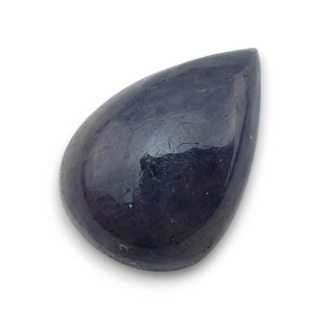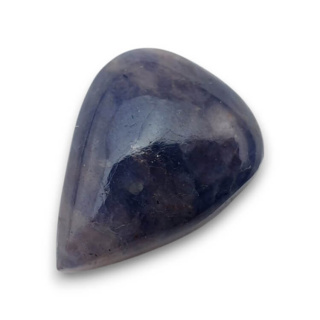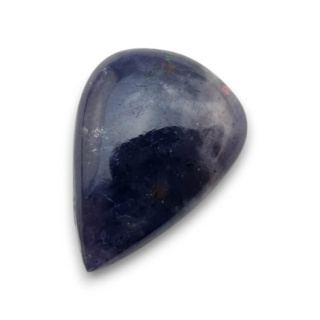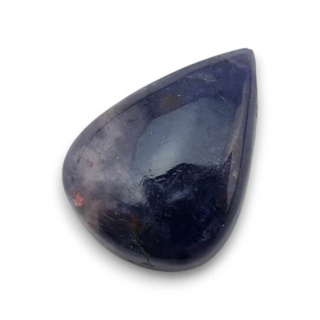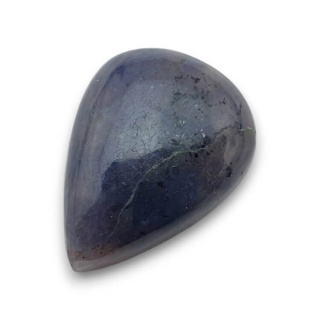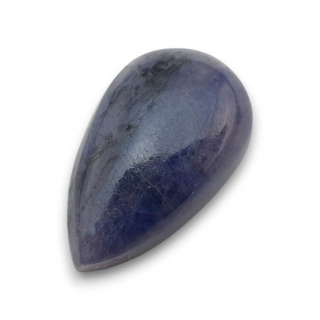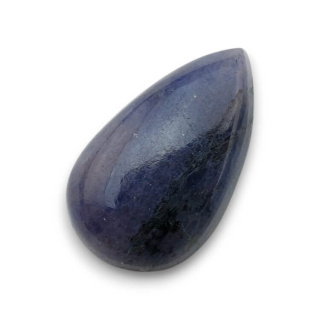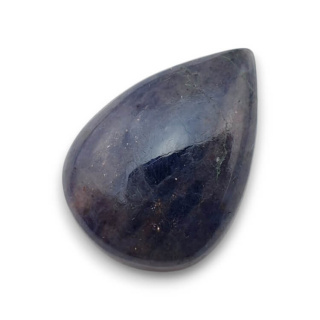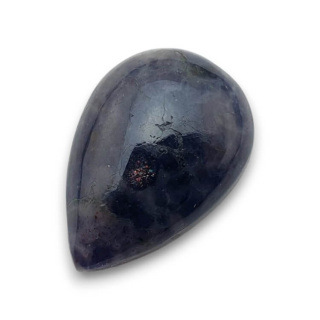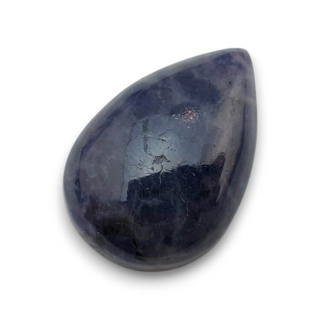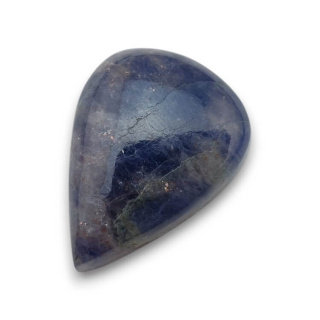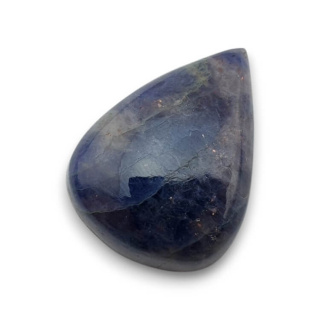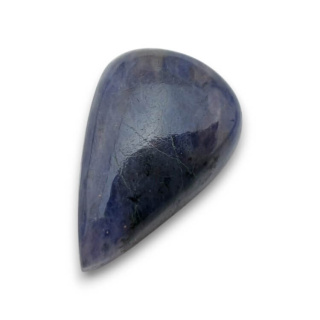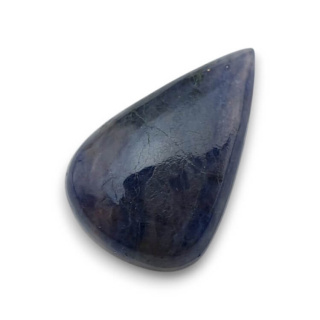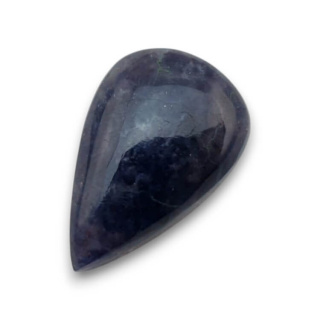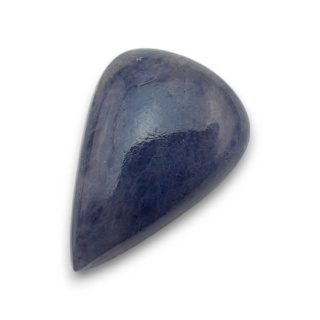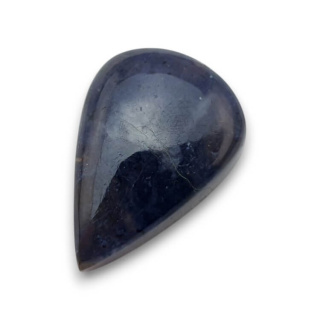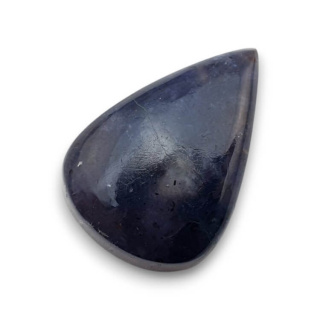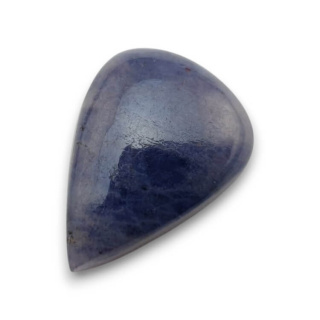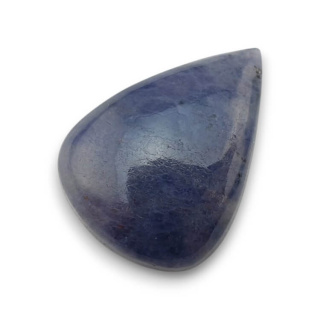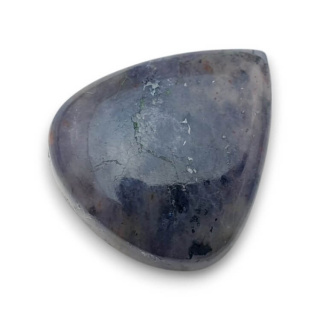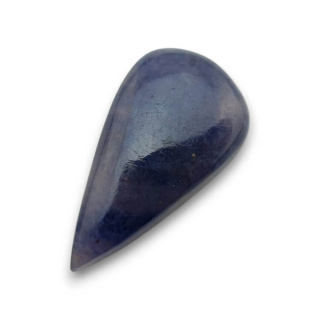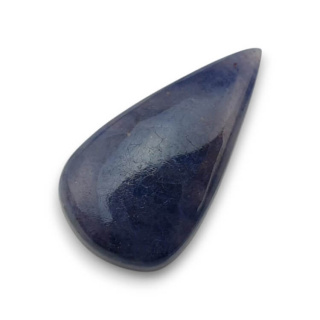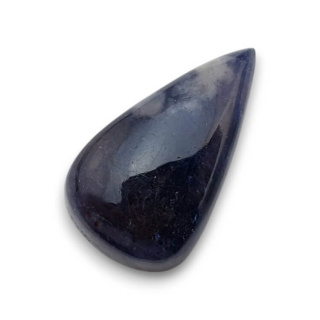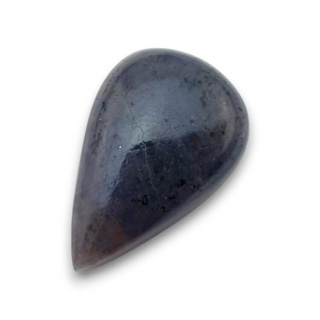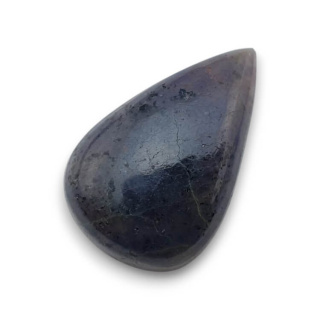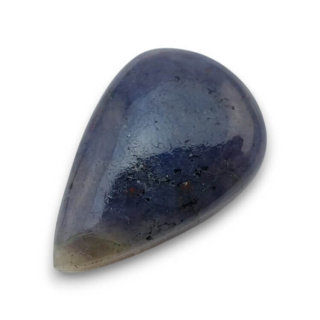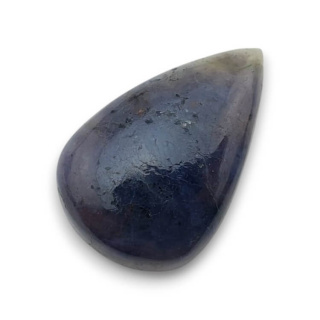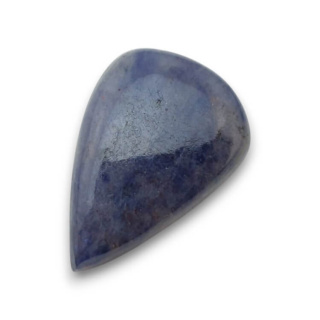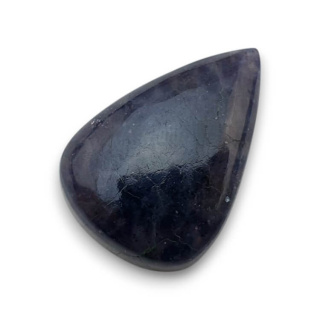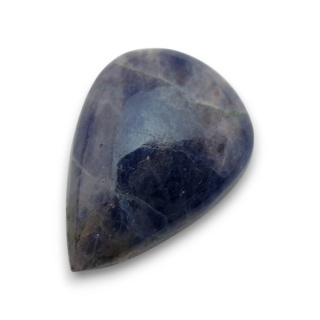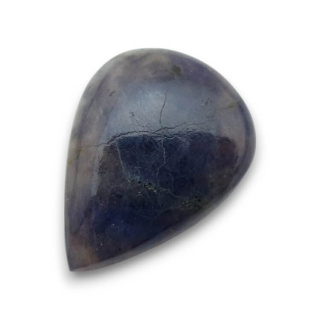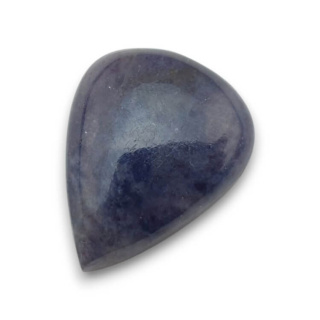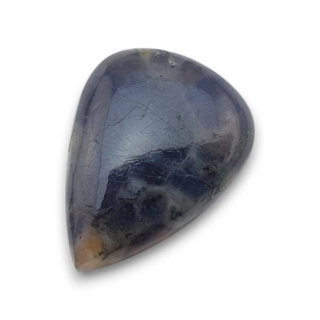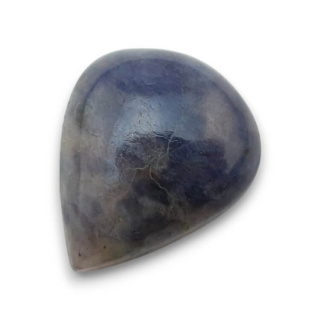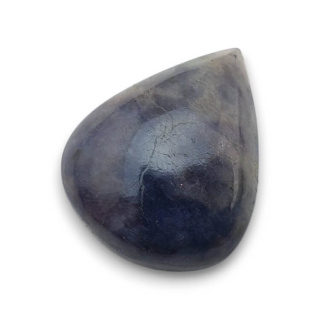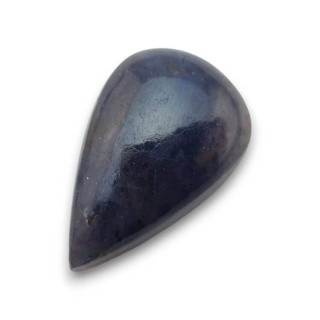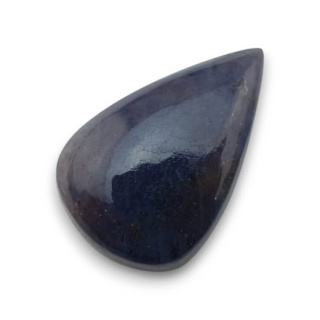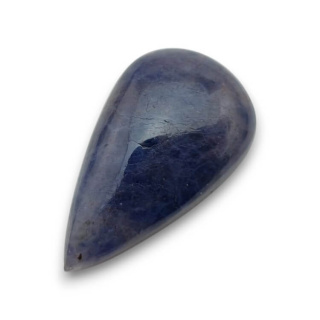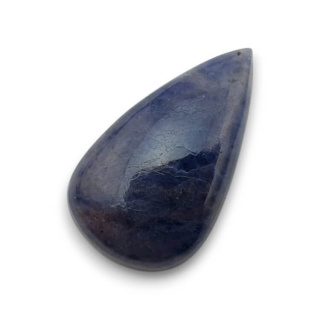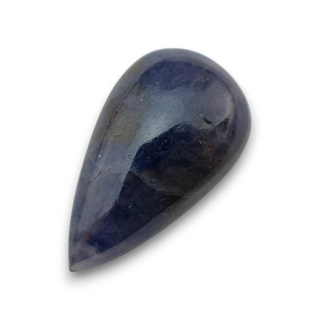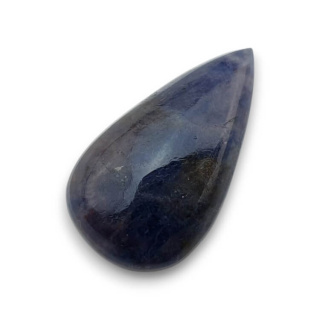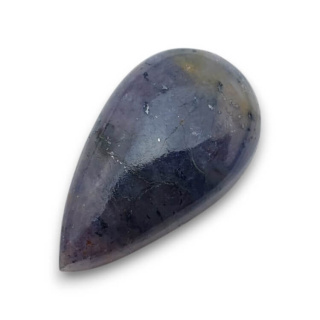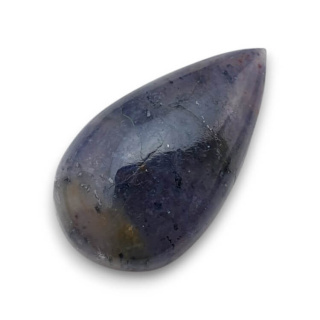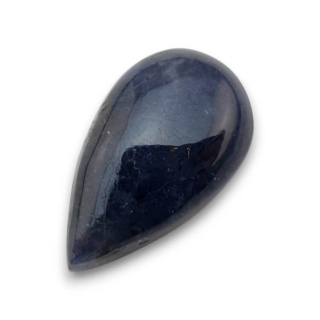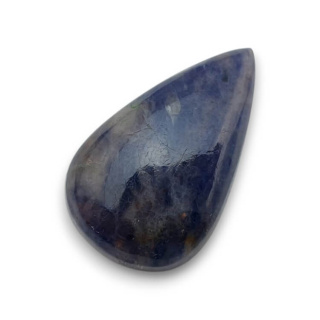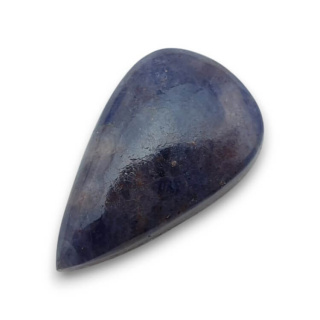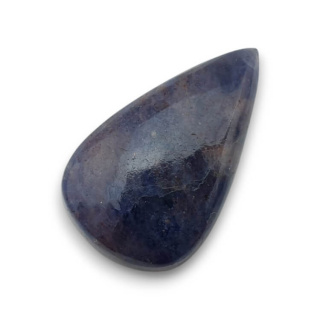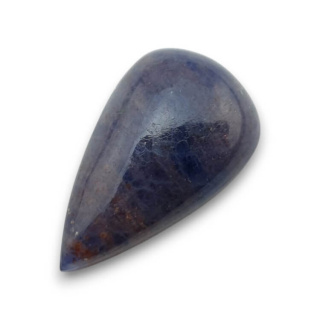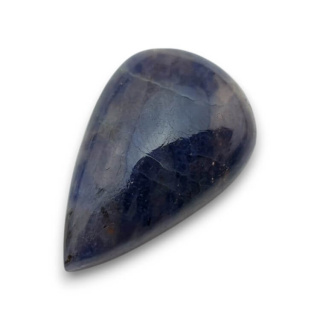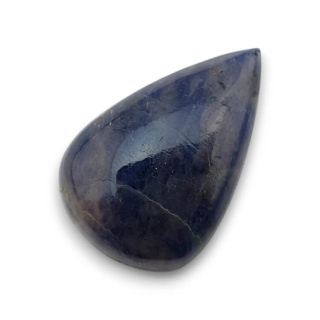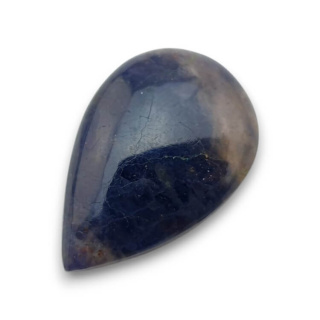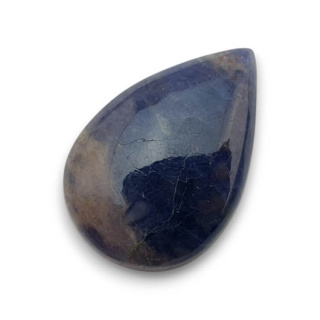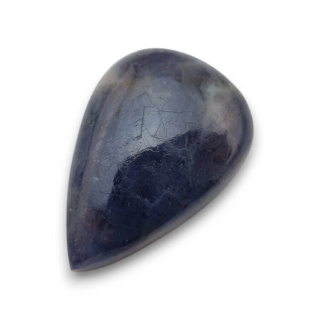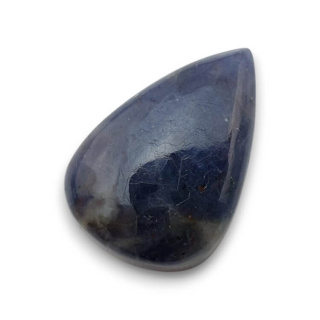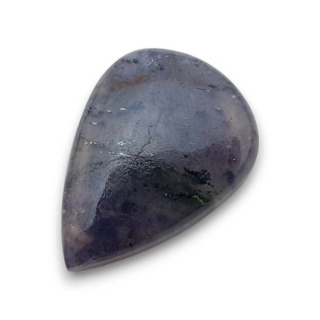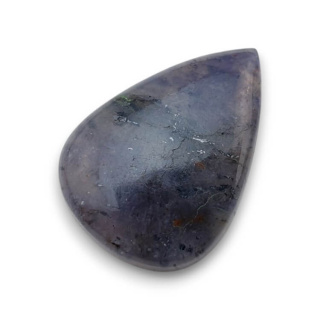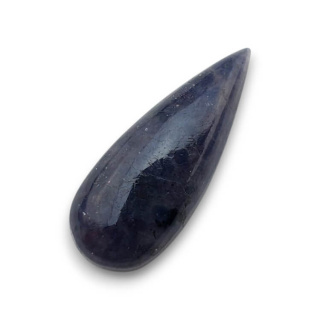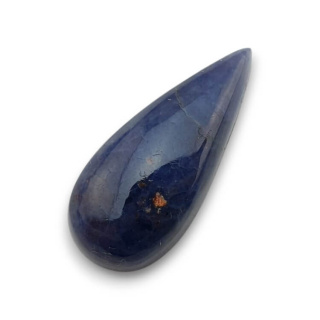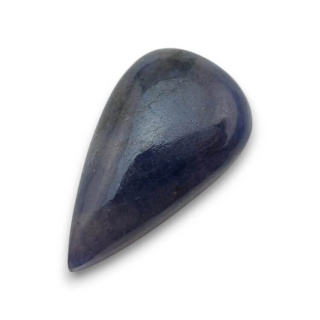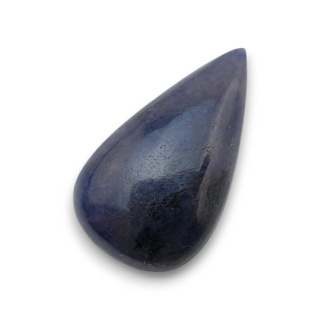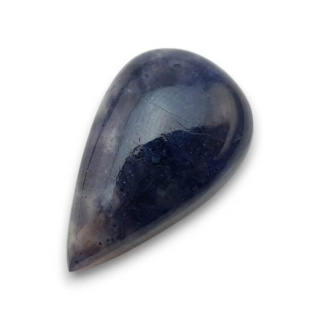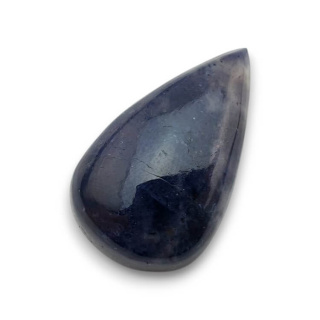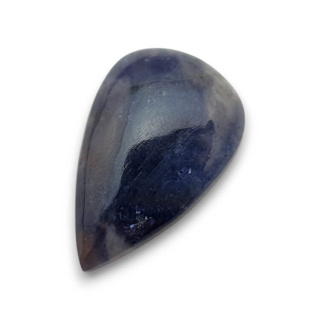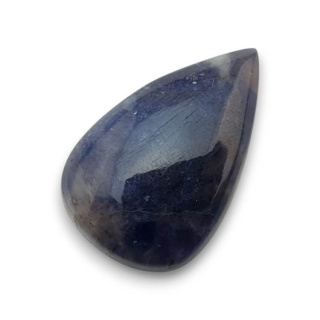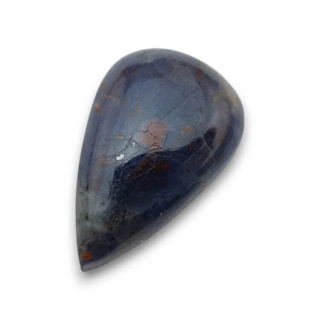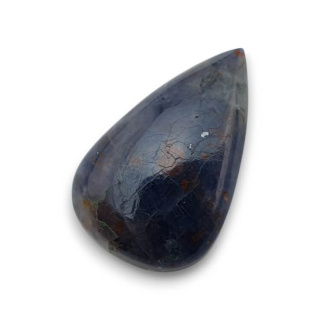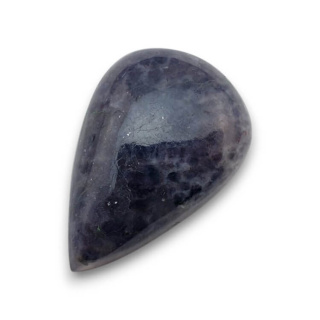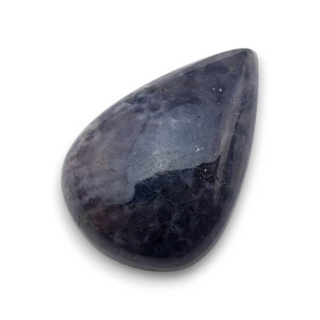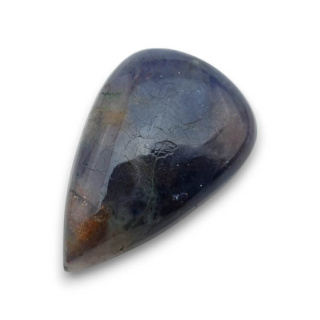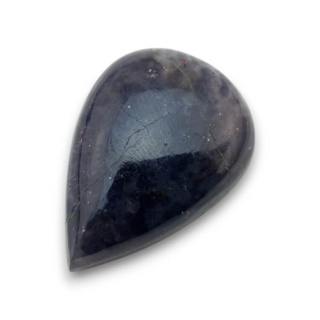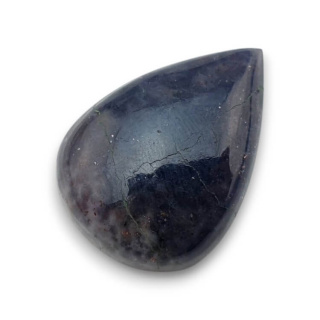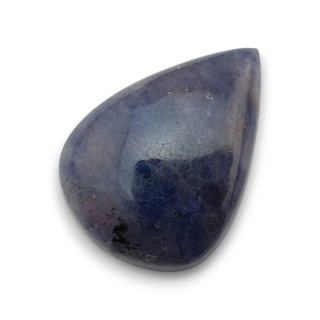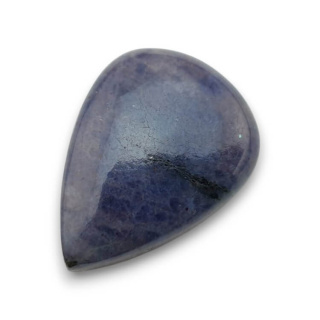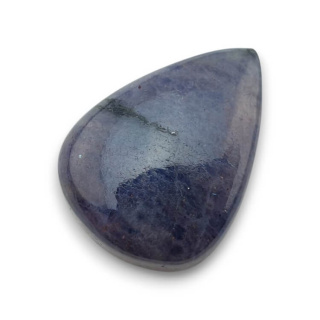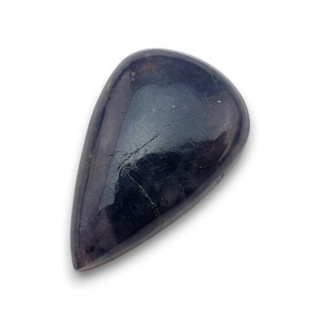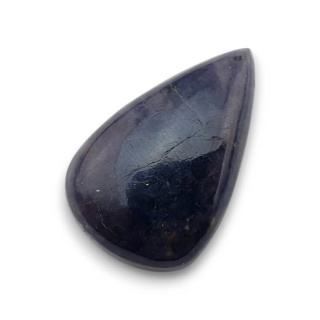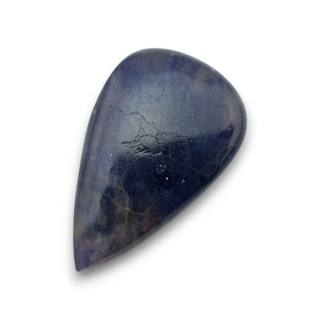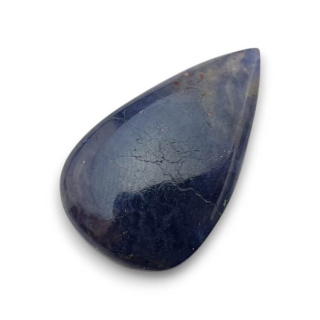Iolite - blue gemstone
Number of products : 75What is iolite?
Iolite is a highly valued stone with a beautiful blue-violet color in its transparent variety, comparable to sapphire or tanzanite. It is a variety of the mineral cordierite (Mg₂Al₃(AlSi₅O₁₈)), a magnesium and aluminum silicate, which is distinguished by its strong pleochroism – a phenomenon of color change depending on the angle of observation.
Thanks to its unusual optics, it was used by the Vikings as a “Viking stone” for navigation, helping to determine the position of the sun even on cloudy days.
Physical and chemical properties of iolite
Iolite is a hard but relatively brittle mineral that is used in jewelry as an alternative to more expensive stones such as sapphire and tanzanite.
| Feature | Value |
|---|---|
| Chemical composition | Mg₂Al₃(AlSi₅O₁₈) |
| Hardness (Mohs scale) | 7 – 7.5 |
| Density | 2.58 – 2.66 g/cm³ |
| Crystal system | Rhombohedral |
| Color | Blue-violet, gray, yellowish, greenish |
| Transparency | Transparent to opaque |
| Luster | Glassy |
| Pleochroism | Strong – blue, violet, yellowish, colorless |
The most characteristic feature of iolite is its pleochroism, which causes the stone to change color depending on the angle of view – it can be purple-blue, yellowish or even colorless.
Occurrence and mining
Iolite occurs in various parts of the world, mainly in metamorphic rocks. Its largest deposits are found in:
- India – the world's largest producer of iolite
- Sri Lanka
- Madagascar
- Brazil
- Tanzania
- USA
- Finland
Some deposits are also found in Canada, Burma, and Russia.
Color and varieties of iolite
The color of iolite depends on the amount of iron and other impurities in its structure. Typical shades are:
- Deep violet-blue – the most desirable color, resembling sapphire
- Light blue – common, but less valued
- Gray-blue or greenish – less commonly used in jewelry
- Yellowish or brown – rare varieties, revealed in pleochroism
Uses of iolite
1. Jewelry
Iolite is used as a cheaper alternative to sapphire and tanzanite. It is used to make:
- Rings
- Necklaces
- Earrings
- Bracelets
Due to its hardness, but also its fragility, it requires careful setting in jewelry.
2. Esotericism and lithotherapy
In esoteric circles, iolite is called the “stone of vision” because it promotes intuition and spiritual development. It is believed to have the following properties:
- Opens the third eye and enhances clairvoyance
- Helps concentration and sharpens the mind
- Reduces stress and anxiety
- Helps with astral travel and meditation
- Promotes self-awareness and inner wisdom
3. Industry and navigation
Thanks to its pleochroism, iolite was used by the Vikings as a “sun compass”, helping to determine the position of the sun even on cloudy days.
Iolite and the chakras
Iolite is a stone strongly associated with the third eye chakra (Ajna), which is responsible for intuition, spiritual awareness and visions.
- Third eye chakra (Ajna) – supports psychic abilities, aids meditation and the development of inner wisdom
- Throat chakra (Vishuddha) – facilitates communication and self-expression
Iolite in numerology
In numerology, iolite is associated with the number 7, which symbolizes:
- The search for truth and spiritual development
- Introspection and self-improvement
- Connection with higher consciousness
It is especially recommended for people born under the signs of Sagittarius and Aquarius, but it can support anyone who wants to develop their intuition and mental clarity.
How to distinguish real iolite from fakes?
Genuine iolite can be recognized by:
✔️ Pleochroism – it changes color depending on the angle of view
✔️ No fluorescence – it does not glow under UV light, unlike tanzanite
✔️ Hardness 7–7.5 – cannot be easily scratched with a knife, but is more brittle than sapphire
✔️ Lack of perfect transparency – often has natural inclusions
Summary
✅ Iolite is a beautiful stone with an intense blue-violet color, known for its pleochroism
✅ It is found mainly in India, Sri Lanka, Madagascar, and Brazil
✅ It is used in jewelry as an alternative to sapphire and tanzanite
✅ In esotericism, it is considered a ‘vision stone’ that aids intuition and meditation
✅ It resonates with the third eye chakra and the number 7
It is a unique stone for those seeking spiritual enlightenment, intuition, and inner harmony.
![[{[item.product.name]}]]([{[item.product.photo.url]}] 75w)

